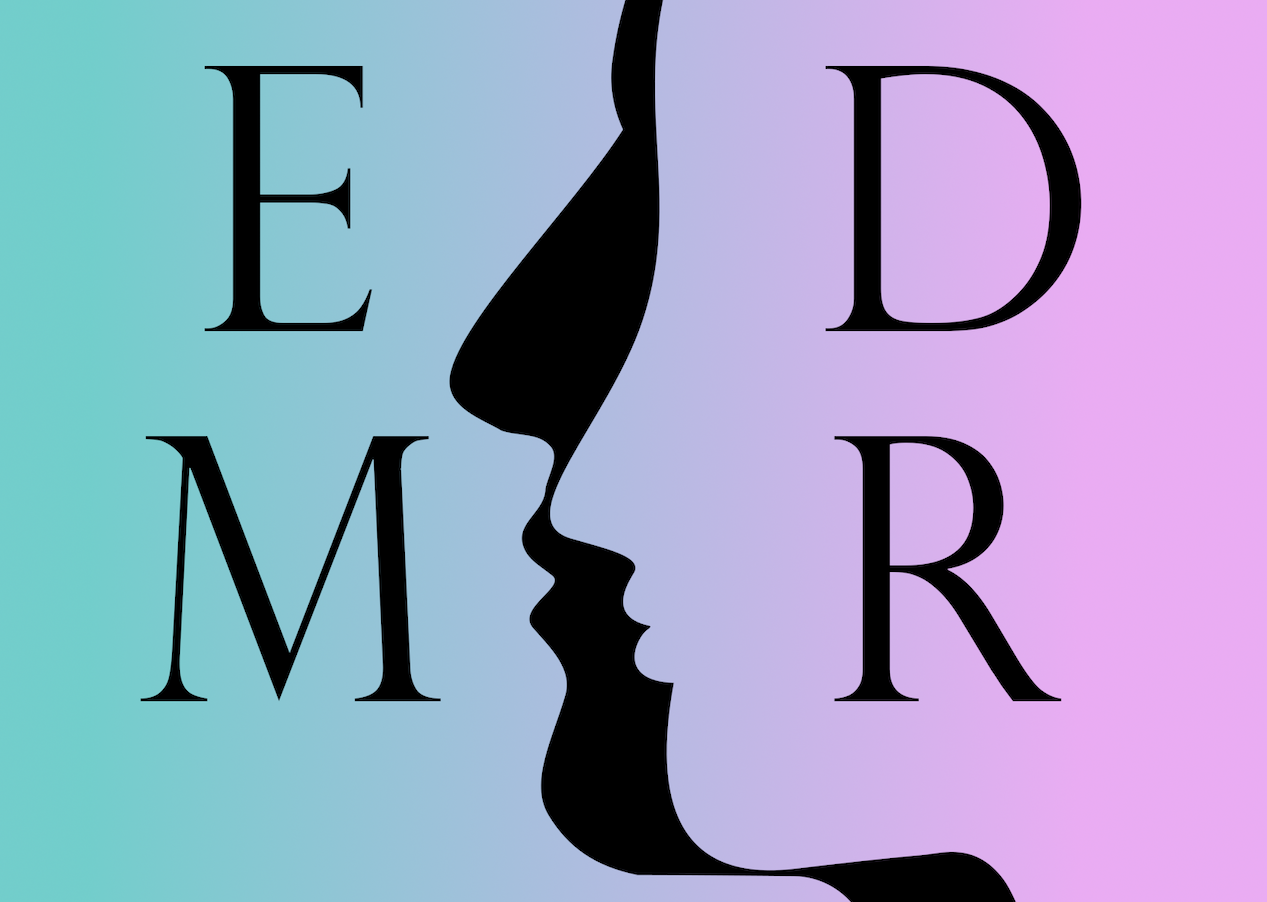EMDR Therapy

Eye Movement Desensitization Reprocessing (EMDR) is an evidence-based therapy well known for its use in treating sufferers of post-traumatic stress disorder (PTSD). Whilst PTSD is what EMDR is most known for treating, there is more evidence emerging that it is effective for treating a range of difficulties including anxiety disorders, phobias, pain, and depression.
The theory is that the brain and body, if left to their natural processes, will move towards healing and psychological health. In the same way that if we leave a physical injury such as a cut or burn, the body will heal the wound itself.
However, human complex brains and behaviours can get in the way of that natural psychological healing process. For example, understandably, nobody likes the pain that goes with the grieving process after a loss: the emotions, the memories, the thoughts, and the physical pain are all uncomfortable and unwanted, so we naturally want to avoid feeling it.
Despite the discomfort that they bring, these are natural processing phenomena and, if we can allow them to happen, we will eventually come to a place of healing. This is not quick or easy! What many of us therefore try to do is stop those uncomfortable feelings, thoughts, sensations, and emotions by various distraction and numbing techniques for example, drinking, working, sex, avoidance, tv and screens. These short-term fixes block the healing that would otherwise naturally occur.
Another example of how the natural processes don’t occur effectively is when we go through a traumatic experience. The brain in its fight / flight state cannot work effectively to file the memories away appropriately. This can lead to flashbacks, nightmares, hyper-vigilance, anxiety, depression, and many other symptoms.
EMDR therapy is a way of helping the brain and body move through the natural processing that needs to occur to promote psychological, physiological, and emotional health.
How does EMDR differ from other talking therapies?
Whilst EMDR is a talking therapy, very little talking is involved and it’s not the talking that creates healing. Whilst sitting with a relevant image, feeling and associated thought, your brain and body will be helped in their processing with the aid of bilateral (left to right) stimulation. This could be auditory: sounds; sensory – tapping or vibration; visual: following a hand or light; or a combination of those. With the support and guidance of your therapist your body and brain will be allowed to process previously unprocessed material. These memories can now be filed away in a less emotional part of the brain resulting in a reduction in symptoms and associated behaviours.
What difficulties can be helped with EMDR?
As well as being used to treat PTSD, EMDR has been shown to help in a range of psychological difficulties including:
Phobias
Anxiety disorders
Depression
Pain relief and phantom limb pain
Self-esteem and performance anxiety
Complicated grief
Is EMDR therapy suitable for everyone?
Your therapist will assess whether it’s appropriate to use EMDR with you based on your symptoms, your history, your goals for therapy, your current situation, your support network, your ability to self-soothe or learn to, and your willingness to sit through the uncomfortable emotions that may arise (with the support of your therapist).
EMDR can be a very powerful experience and bring up emotions and sensations that are part of the healing process. You are always fully in control, conscious, and awake during EMDR and you will always have the option to stop the process.
You can find out more about EMDR at EMDR association and EMDR Europe